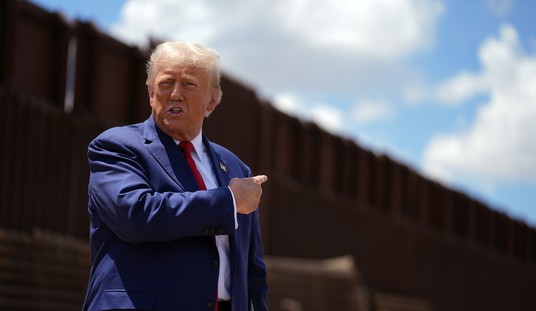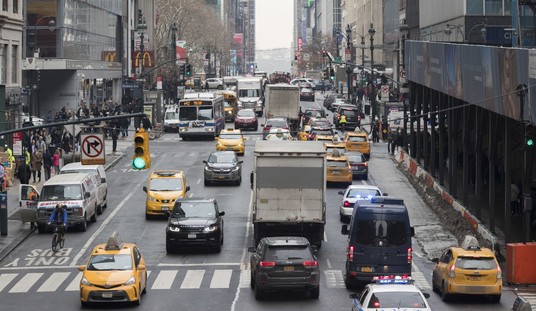It’s hard to argue with his conclusions. As Brooks points out, there’s a big price being paid by children who are not attending school:
The broader data on school closure is horrendous. Mental health problems have increased. Many children have simply vanished from official oversight. Schools in Hillsborough County, Fla., started the year missing 7,000 students.
The children who are attending aren’t learning much. A Stanford study suggested that the average student has lost at least a third of a year’s worth of learning in reading and three-quarters of a year’s worth of learning in math.
Brooks specifically recommends a piece by ProPublica. It’s difficult to summarize because it’s extremely long and full of detail. It tells the story of Shemar, a 13-year-old student in Baltimore who was a good math student before the pandemic but who has struggled to keep up with online learning. Few if any of the problems are Shemar’s fault. Many are the result of his mother who is a recovering drug addict who frequently moves and often keeps him up late watching TV.
The biggest challenge was not technological. No one made sure that Shemar logged on to his daily class or completed the assignments that were piling up in his Google Classroom account. His grandmother, who is in her 70s, is a steady presence, but she attended little school while growing up in a sharecropping family in South Carolina. She was also losing her eyesight. One day, she explained to me the family’s struggles to assist Shemar: Though three of his four older siblings lived in the house, too, they had jobs or attended vocational school, and one of them had a baby to care for; Shemar’s mother was often absent; and his great-uncle, who also lived in the house, had dropped out of school in South Carolina around the age of 8 and was illiterate…
I checked on Shemar a couple of times during the spring, but, in hindsight, I was too willing to let the lockdown serve as an excuse to hunker down with my own kids, who were doing online learning at other Baltimore public schools. So I was startled when I received a text message in May from Shemar’s fourth sibling, who worked at an Amazon warehouse and lived with his girlfriend and baby, asking for the link to the day’s class. Shemar had moved in with them.
The following Sunday, I dropped by the house with some groceries. Shemar’s mother, who had been evicted from her row house, was there, too, and Shemar was in good spirits. But, the next afternoon, he was alone in the living room, the lights off, the blinds drawn and the TV on. He had stayed up very late the night before, watching TV with his mother, and had slept past noon, missing that day’s class. For breakfast, he had eaten some Nutella that I had brought by the day before. I asked what he would have for dinner, assuming he would eat with his brother’s family. In fact, they usually ate on their own, upstairs. “Nutella,” he said.
Imagine leaving a 13-year-old more or less on his own to deal with every aspect of school. He only has internet access sometime and his mother often borrows the phone he uses to keep up with assignments. Shemar seems to be a smart kid but there is no one helping him. When he’s in school with his teachers he’s in a position to succeed. With remote learning his prospects aren’t so good.
The point is that Shemar’s story is unique but his situation isn’t. There are a lot of students out there who are struggling to keep up. Their best chance is to get back to the classroom. So why is there so much resistance to doing that?
The same ProPublica piece goes on to argue that teacher opposition to returning to school seems to have started with President Trump. It wasn’t because he discouraged it. On the contrary, Trump pushed for school to reopen and that was enough for the resistance to decide it must be a bad idea:
On July 7, President Donald Trump held a series of events at the White House with Betsy DeVos, his secretary of education, to demand that schools open. “We’re very much going to put pressure on governors and everybody else to open the schools,” he said. “It’s very important for our country. It’s very important for the well-being of the student and the parents. So we’re going to be putting a lot of pressure on: Open your schools in the fall.”
The effect of Trump’s declaration was instantaneous. Teachers who had been responsive to the idea of returning to the classroom suddenly regarded the prospect much more warily. “Our teachers were ready to go back as long as it was safe,” Randi Weingarten, the longtime president of the American Federation of Teachers, told me. “Then Trump and DeVos played their political bullshit.” Ryan Hooper, the former soldier, saw the effect on his colleagues. “It was really unhelpful,” he said.
A week later, the Baltimore Teachers Union and the Maryland State Education Association sent a four-page letter to the Maryland governor, Larry Hogan, a Republican, and the state superintendent of schools, Karen Salmon, calling on them to bar any in-person instruction for the first semester.
Jump forward to this week and Chicago’s teachers are threatening to strike because they were ordered to return to classrooms. But the science, as they say, is settled. There’s clear evidence from around the world that classrooms don’t add significantly to the spread of COVID so long as basic precautions (masks, distancing, handwashing, etc.) are taken. Here’s Brooks:
A study by Michael T. Hartney and Leslie Finger found that political partisanship and teacher union strength explain how school boards approached reopening…
The unions are not reflecting reality. Instead of addressing legitimate fears with facts and evidence, they are using their political muscle to inflame those fears. The most vulnerable people in our country are the victims.
Brooks is absolutely right but there’s another level to this he’s not mentioning. If the partisan sides were reversed here, if conservatives were refusing to let children return to school, the media would be full of outrage about it. There would be not one opinion piece but dozens pointing out that this was disproportionately doing damage to minority children like Shemar. We’re not seeing that of course because politics are guiding the media coverage in exactly the same way politics is guiding the unions. This ought to be the biggest story in the country right now but the resistance journalists in the media won’t let it be.








Join the conversation as a VIP Member